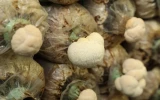What's the Ideal Spawn Bag Colonization Temperature?
During the colonization of spawn bags, the temperature must be maintained at an optimal level for faster growth of mycelium. Different species of mushrooms require different temperatures during this stage, which often causes confusion among mushroom growers. With that, let me help you identify the ideal colonization temperature mushrooms in spawn bags require.
In general, for most common mushroom species such as shiitake, oyster, and button mushrooms, the ideal spawn bag colonization temperature is between 75°F to 80°F (24°C to 27°C). This temperature range can vary depending on the species of fungus being grown and the substrate used.
Below, you will find a simple discussion on why controlling temperature is necessary during the colonization process of spawn bags. I will also provide you with tips on how to maintain this ideal range.
Summary
- Different mushroom species have different temperature preferences during colonization, but the ideal spawn bag colonization temperature for most species is between 75°F to 80°F (24°C to 27°C).
- Monitoring and controlling the temperature during colonization proves to be a useful tool to fasten colonization and prevent contamination.
- Make adjustments as needed to ensure that the mycelium can grow and spread efficiently, leading to a higher yield of healthy, high-quality mushrooms.
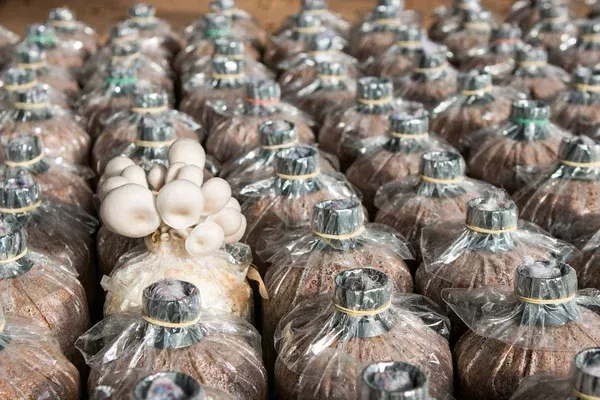
On this page:
The Ideal Temperature to Colonize Spawn Bags
The use of spawn bags allows an easy and convenient method of growing mushrooms. If you opted to use these substrate-filled bags, you might need to adjust the temperatures based on the species' colonization temperature.
Below are some examples of different mushroom species and the temperature ranges with which they are able to colonize spawn bags completely:
1. Shiitake requires temperatures between 60°F to 75°F (16°C to 24°C)
Shiitake mushrooms require temperatures between 60°F to 75°F (16°C to 24°C) to completely colonize a spawn bag. This ideal colonization temperature for shiitake mushrooms is based on the optimal temperature range for the growth and reproduction of this particular mushroom species.
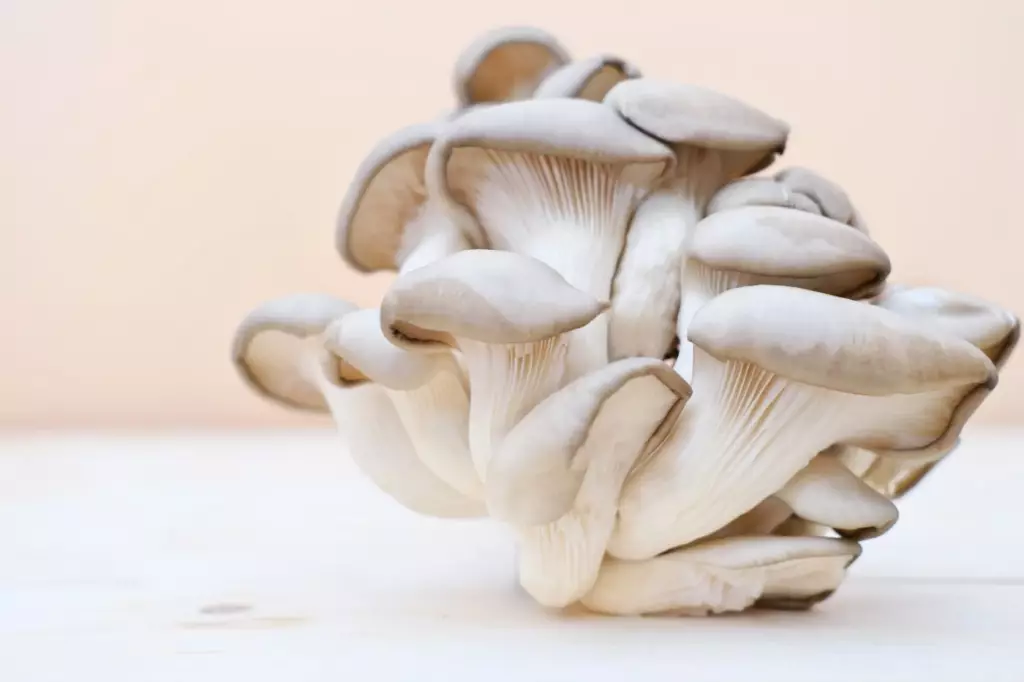
2. Oyster mushrooms prefer a specific temperature of 75°F
Most strains of oyster mushrooms can colonize a spawn bag if the temperature is specifically set at 75°F (24°C). However, some strains may tolerate slightly higher temperatures, up to 80°F (27°C).
Oyster mushrooms are adaptable fungi that can grow in a wide range of climates and environments. Their optimal growth is seen at temperature ranges between 50°F to 75°F (10°C to 24°C).
3. Button mushrooms' ideal colonization temperature is between 68°F to 82°F
Button mushrooms' spawn run time to colonize a whole bag is fastest at temperatures between 68°F to 82°F (20°C to 28°C). Setting this temperature range for these mushrooms can promote faster colonization.
Faster colonization equates to larger yields. The average yield of button mushrooms is 1 pound per bag or 5–10 lbs per square meter.
4. Lion's mane mushrooms spread throughout spawn bags faster at temperatures of 68°F to 75°F
The colonization time of these mushrooms is at full speed if the temperature is between 68°F to 75°F (20°C to 24°C). Full colonization of spawn bags takes about 2 - 3 weeks to accomplish.
However, it might be difficult for you to tell if these mushrooms have completed colonization because their mycelium is very fine. It's best to grow these kinds when you have enough knowledge of growing other mushrooms.
5. Reishi mushrooms colonize faster at temperatures between 70°F to 80°F
The optimal colonization temperature for Reishi mushrooms is between 70°F to 80°F (21°C to 27°C). These mushrooms grow best in warm and humid conditions because they are warm-weather species. Anything lower than the given range may slow down the colonization process.
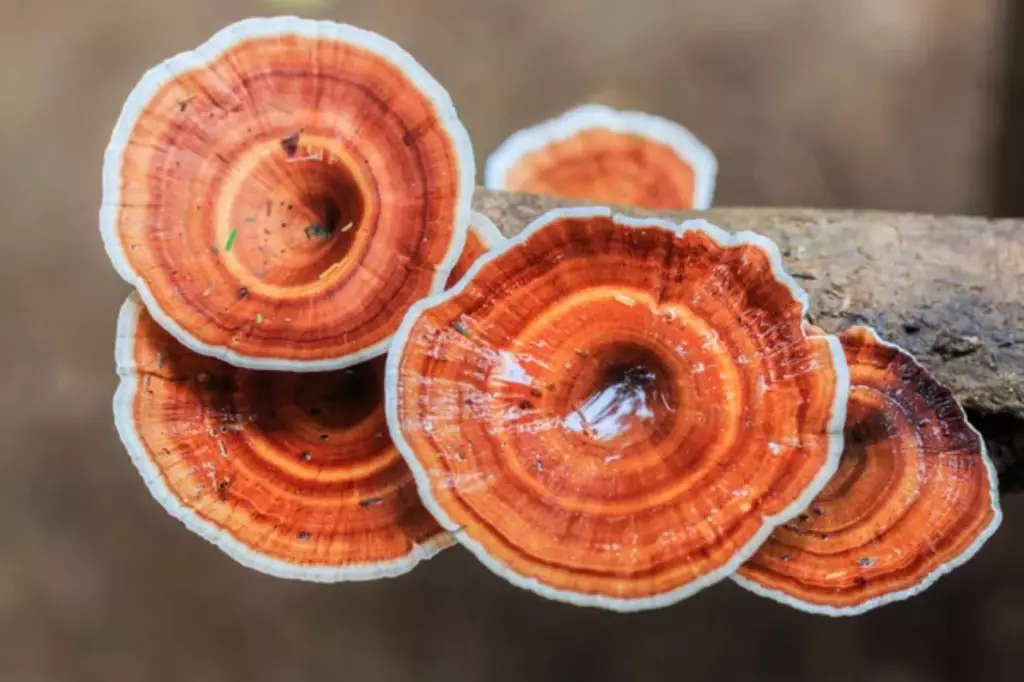
Importance of Temperature Control During the Colonization Process
By now, you might have a few questions in mind about the importance of controlling temperature during the colonization process. To answer that, here are a few reasons why temperature control is a valuable tool for faster colonization of spawn bags:
Mushrooms require various temperature ranges for optimum development
Different mushroom species have different optimal temperature ranges for growth and colonization. By maintaining the temperature within the ideal range, the mycelium can grow and spread efficiently, leading to a faster and more successful colonization process.
Temperature control avoids contamination by unwelcomed microbes
Keeping temperature at optimal ranges prevents contamination by unwanted microorganisms. By doing this, the mycelium can outcompete potential contaminants and colonize the substrate quickly, reducing the risk of contamination.
Temperature control is needed for the uniform growth of mushroom
Temperature control allows for uniform growth and colonization throughout the spawn bag. Uneven temperatures can lead to areas of the bag colonizing at different rates, impacting yield and increasing the risk of contamination.
Keeping the temperature within the ideal range aids in energy conservation
Maintaining an ideal temperature helps to conserve energy by reducing the need for additional heating or cooling. If the temperature is too high or too low, additional energy may be required to adjust and maintain optimal range.
Consistent harvests of mushrooms can also be achieved by temperature management
Temperature control can also lead to consistent yields of mushrooms. If the temperature is not controlled properly, it can result in slower growth, a reduced yield, and poor-quality mushrooms.
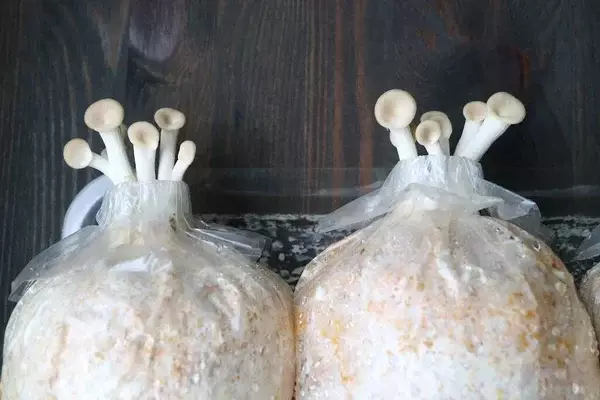
6 Tips to Maintain Optimal Temperatures for Spawn Bag Colonization
Maintaining optimal temperatures for spawn bag colonization is key to successful mushroom cultivation.
By following the tips below, you can ensure that the temperature remains within the optimal range for the specific mushroom species you are growing. This will lead to successful spawn bag colonization and a higher yield of healthy, high-quality mushrooms.
1. Use a thermometer to monitor the temperature during the incubation period
You may want to invest in a thermometer to monitor the temperature inside the incubation area. The estimated cost for a thermometer is around $10 - $20, and some come with a hygrometer already to check the humidity also.
2. Select a place where the temperature is constant
Perhaps the best thing you can do to maintain an ideal temperature easily is to choose a location that has a stable temperature and is not affected by extreme temperature changes. A room with little temperature fluctuation, such as a closet or a basement, can be a good option.
3. If it's too cold, think about using a heated pad
If the temperature is too low, you could use a heating pad to increase the temperature. Place the heating pad under the spawn bags to provide bottom heat.
4. If it's too hot, think about installing a cooling system
If the temperature is too high, another recommendation is to install a cooling system, such as a fan or air conditioner, to reduce heat.
5. Use temperature control equipment
Consider using a temperature controller, which can automatically adjust the temperature based on your desired settings. This can help maintain a consistent temperature range, reducing the risk of temperature fluctuations.
6. Insulate the incubation area
If you are using an incubation box or chamber, you may want to insulate the walls to help maintain a consistent temperature range. This can help prevent temperature fluctuations caused by changes in ambient temperature.
Alternatively, you can build your own incubation chamber that can allow you to maintain a constant stable temperature automatically.


